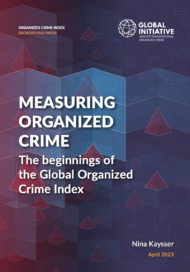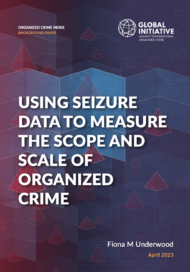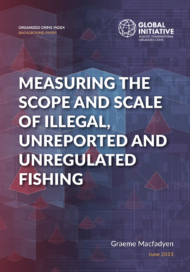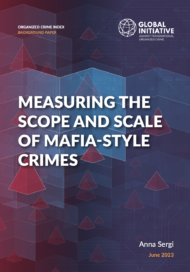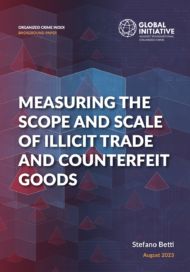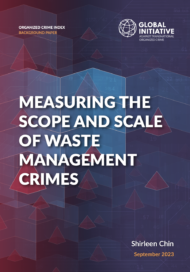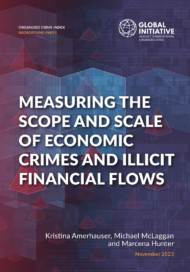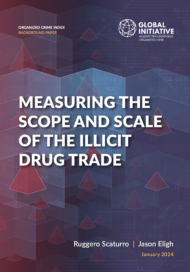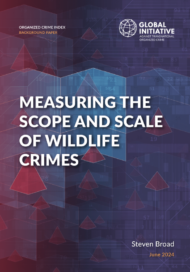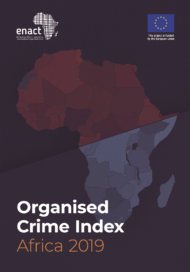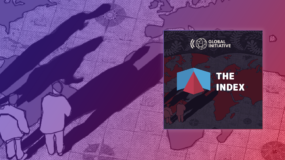Posted on 09 Jun 2024
The mandate of the Global Initiative Against Transnational Organized Crime is to build a better evidence base with a view to improving responses to transnational organized crime. From years of work, we know that organized crime is a growing problem that needs an urgent response. The impact of organized crime is severe, and harms people’s lives on a daily basis. Part of the challenge is to provide that credible evidence base.
In the global narrative on organized crime, a key sticking point has often been the question of definitions and measurement. How should we define organized crime? What components should be included in its definition? And what are the best ways of measuring it? In the analysis and programming on organized crime, these questions have been a source of some debate. To date, there is no consensus. Nor is this discussion confined purely to academic or criminological circles: it is holding back important discussions on how best to formulate practicable responses, and therefore arguably stifling progress in the fight against organized crime more generally. To create a better foundation for informed policy responses, a sounder evidence base is needed, and for a better evidence base, decisions on definitions and measurement are required.
Admittedly, there is no perfect way of measuring organized crime. Every approach faces constraints, not just because of the inherently illusive nature of criminal activity, but also because of the complexity of the phenomenon. Organized crime markets are diverse and its harms manifest in different ways in each criminal market.
But we can move the debate forward. What is important when developing a credible analytical evidence base is to be transparent about methodology, including definitions chosen, and the ways in which data and qualitative information – the measuring toolkit of the organized crime analyst – are gathered and presented.
In 2021, we launched the Global Organized Crime Index, the first global analytical tool to provide an assessment of criminal markets, categories of criminal actors, and resilience capacity for 193 UN member states. The Index has been recognized for its uniqueness and importance across the world. Governments and other organizations have drawn from the wealth of longitudinal information it provides.
It has taken years of planning to produce this Index. Methodologies have been developed and redeveloped, definitions debated, technical expert groups convened, and a series of criminal market discussion papers were commissioned. For every step, methodological transparency has been the lodestar.
We are publishing these 13 discussion papers, one for each illicit market considered during the development of the tool. The papers, written by international experts, focus on defining and measuring criminal markets. We hope that the publication of these papers will be not only informative, but also help move forward the debate around the question of definitions and measurements in our endeavour to provide the analytical evidence base and support responses to organized crime.
Mark Shaw
Director, Global Initiative Against Transnational Organized Crime
Read our series of articles delving into the results of the Global Organized Crime Index and subscribe to the OCIndex mailing list to get regular updates on the project.
